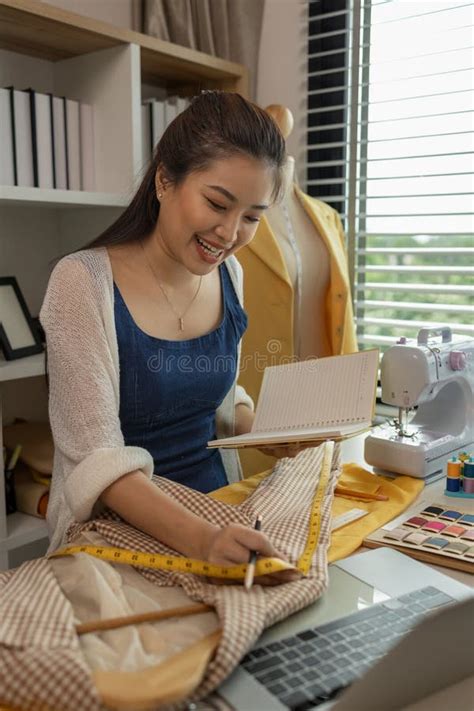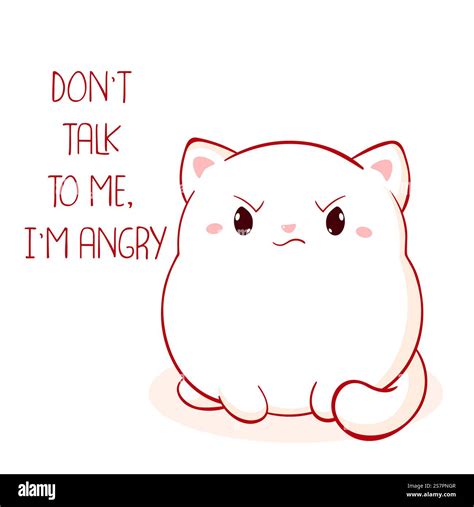In the world of men’s style, few things are as impactful as a perfectly fitting garment. A sharp suit, a crisp shirt, or well-tailored trousers can elevate your appearance from ordinary to exceptional. While trends come and go, the timeless principle of a great fit remains paramount for every sharp wardrobe staple. It’s the difference between looking like you borrowed your clothes and owning your sartorial statement. But how can men consistently achieve this elusive perfection?
Understand Your Body, Know Your Measurements
The first and most crucial step in ensuring a perfect fit is to truly understand your own body and its unique dimensions. Don’t rely solely on off-the-rack sizing labels, which can vary wildly between brands. Invest in a tape measure and learn how to take accurate measurements for key areas: chest, waist, neck, inseam, sleeve length, and shoulder width. Better yet, visit a professional tailor or a reputable menswear store to have your measurements taken precisely. These numbers will be your guide, informing your purchases and helping you identify potential areas for alteration.

Mastering the Fit for Essential Staples
The Suit: A Second Skin
A suit is perhaps the ultimate test of fit. For the jacket, the shoulders are paramount – they should lie flat and align perfectly with your natural shoulder line, without pulling or extending past. The sleeve length should expose about half an inch of your shirt cuff when your arms are relaxed. The jacket body should taper gently, allowing for a comfortable range of motion without appearing baggy or overly tight. Trousers should sit comfortably at your natural waist, with no excess fabric bunching around the crotch or thighs. The length is a personal preference, but generally, a slight “break” (a single fold of fabric at the front where the trousers meet the shoe) is a classic choice, or a no-break for a more modern look.
Dress Shirts: Crisp and Clean
For dress shirts, start with the collar – it should allow two fingers to comfortably slip underneath when buttoned, but no more. The shoulder seams should align with the edge of your shoulders. Sleeves should end at your wrist bone, where your hand begins, allowing for proper cuff exposure under a jacket. The shirt body should follow the contours of your torso without excessive billowing around the waist or pulling across the chest. Many men benefit from “slim fit” or “tailored fit” shirts to achieve this clean silhouette.

Trousers and Chinos: Precision in the Lower Half
Beyond suits, the fit of your everyday trousers and chinos is equally important. The waist should be snug enough to stay up without a belt but not constricting. The seat should fit well, not saggy or overly tight. Avoid excessive fabric pooling behind the knees. The leg opening should complement your footwear and personal style, but generally, a slight taper creates a more modern and flattering line. As with suit trousers, the length should be precise, whether you prefer a slight break, no break, or even a subtle crop for a casual look.

Outerwear: Functional and Stylish
From blazers and sport coats to overcoats and leather jackets, outerwear fit is crucial for both warmth and style. The shoulders remain the most important point of fit – they should sit squarely on your shoulders. Sleeve length should generally be slightly longer than a shirt sleeve, covering your wrist bone. The overall body of the garment should allow for layering if intended, but without looking bulky. An overcoat, for instance, should comfortably fit over a suit jacket without restricting movement or looking too tight.
The Tailor’s Touch: Your Secret Weapon
Once you have your measurements and a basic understanding of what a good fit looks like, embrace the power of a skilled tailor. Very few garments, even expensive ones, will fit perfectly off the rack. A tailor can make small, but significant, adjustments that transform an “okay” fit into a “perfect” one. Common alterations include hemming trousers, taking in shirt sides, adjusting sleeve lengths, and even minor jacket alterations. View tailoring as an investment in your wardrobe; it extends the life of your clothes and ensures you always look your best.

The Dressing Room is Your Friend
Finally, always try on clothes before buying, and if possible, try them on with the type of shoes and other garments you’d typically wear them with. Move around, sit down, raise your arms – assess comfort and how the fabric drapes. Don’t be afraid to try different sizes or even different brands. Pay attention to how the garment feels, not just how it looks in the mirror. A good fit is not just about aesthetics; it’s also about comfort and confidence.

Conclusion: The Investment in Impeccable Style
Ensuring a perfect fit for every sharp wardrobe staple is not an insurmountable challenge, but rather a cultivated skill. By understanding your measurements, learning the nuances of fit for different garments, embracing the expertise of a tailor, and diligently trying on clothes, you empower yourself to build a wardrobe that not only looks exceptional but feels exceptional too. A great fit communicates attention to detail, confidence, and a timeless sense of style that will always set you apart.




